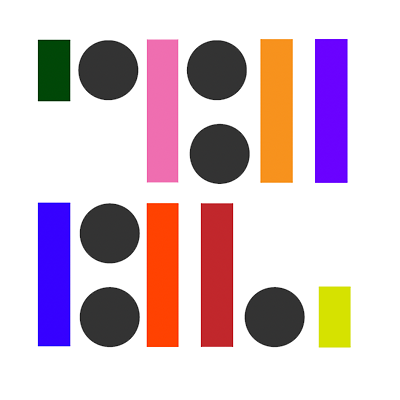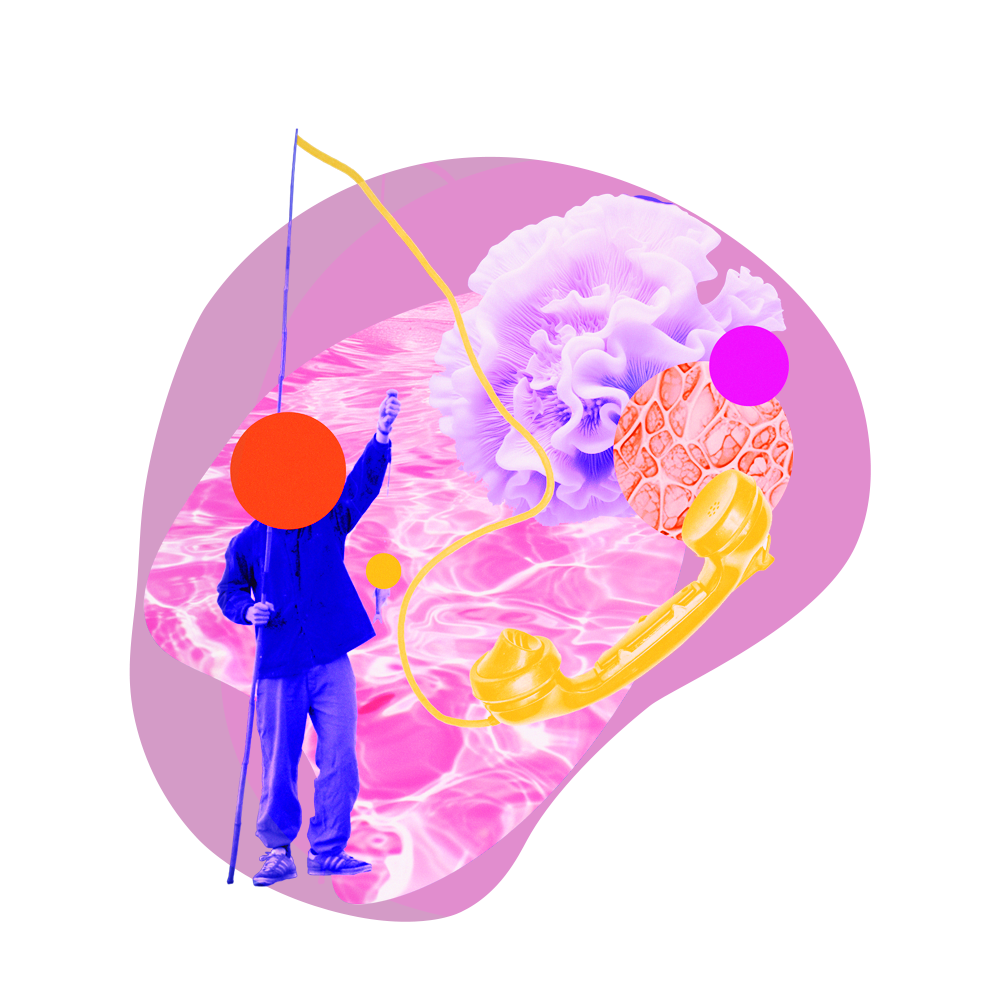liquid kinship
Can developing a symbiotic interspecies approach to aquatic life lead to deeper relationships and future underwater collaborations?
• 18. June - 16. July 2024 (updated)
• Online!
• Five-weeks, Tuesdays, 7-9PM CET
• Small class of participants
• Sign-ups end 11. June, 2024, one week before class begins
Artist / Student (Full Time)
€225*
Freelancer
€245*
Professional
€275*
Generous Supporter Ticket
€295*
course
description
Indeed, all biological life depends on water, and because some fish decided to move onto land, we humans evolved into terrestrial animals. Although bodies of water seem to separate us, water is the medium that connects us all across species.
In the course, we will learn about concepts, projects and stories spanning environmental philosophy, art, architecture, ecology, and indigenous cosmologies which will help us develop methods to "make kin" with aquatic species and environments.
"Making Kin" or living "kincentric" means not only acknowledging other species' entanglements with our lives but making them collaborators. The endeavour of multispecies living demands a lot of new learnings and unlearnings. Luckily, humanity has already come up with a vast amount of disciplines and methods that, combined in a transdisciplinary approach, can help us to re-learn and work from within our aquatic multispecies entanglements.
Although our time spent together will be online, it is crucial to spend time with and in local environments, which can be urban or rural, lakes, seas, fountains or ponds. In order to "notice" other species, it is important to spend time in an environment to build a relationship that allows one to make kin. A collaborator species can be anything from large mammals over fish to spiders or insects. The species we will encounter individually will shape the content of the course.
Since the practical component, the field trips, is pivotal for the projects, we will discuss how to document our field trips and how to observe animals in their habitats. We will learn about examples of multispecies collaborations and the tools they use to create for and with collaborator species, humans and both. Learning from these examples, the practical projects developed during the course will be built on the experiences, feelings, experiments or observations we make with our non-human collaborators. The form of the projects will depend on the backgrounds and practices of the participants but can take any form like experimentations, installations or interventions that can include sound, tracking or physical pieces.
Over five weeks, we will share and develop methods to make kin with other species. Equipped with theory, ideas and stories, we will work in physical spaces where we will be ecologists, artists and researchers all at once, collaborating with other species to create something using an interspecies approach.
course
outline
Week 1: Who are we and how did we get here?
The first session will be guided by those two questions, first on the individual level, we will get to know each other and our practices to understand our individual relationships with the environment. Then we will discuss how we got here as humans, what it means to be human during the Anthropocene, Chthulucene or Symbiocene and how concepts such as wet/fluid/fishy ontologies and other philosophical concepts can be tools throughout the next weeks.
During the week, everyone should find a physical space that is habitat to other species and spend time with them.
Week 2: Who is the other?
The second week will consider the species we meet from a biological perspective. Investigating questions like “Do fish feel pain?” or “Can spiders dream?” puts the human animal in relation to other animals and makes us realize the way we perceive and sense the world as humans is just one among many.
We will discuss our experiences and encounters in our local environments and discuss different methods to document encounters in the environment. Following observations, during the next two weeks, people should collect materials, sounds, pictures, sketches, videos, and texts of their environments and species.
Week 3: What is Nature?
The focus of the third week lies on how to collaborate with other species. Indigenous cosmologies are often referenced when we talk about sustainable futures. We will discuss examples of indigenous human-non-human relationships, the ideas behind such a kincentric worldview, and how we can learn from them to create “moral landscapes”.
To develop our interspecies collaborations, we will discuss the relationships between us and other species in the local environments we have visited and documented while going through our documentations of our field trips.
Week 4: How to co-create?
Art installations and interventions done in collaboration with other species will be discussed, focusing on the involvement of another species’ and its consent. These examples and the concepts of the last weeks should feed into the group discussion about possible interventions that can be carried out in our local environments.
In smaller groups, we will develop projects that should be carried out and documented in collaboration with other species.
Week 5: Presenting our Kin and our work
We will present and discuss the different interventions/installations/prototypes that have been done, as well as their documentation.
who is this
class for?
Any creative, including artists, scientists, makers and more, who are looking for an opportunity to include more ecology and various aspects of local environments into their lives are encouraged to join us. No experience necessary.
about online classes
Classes are 'live' meaning that you can directly interact with the instructor as well as with the other participants from around the world. Classes will also be recorded for playback in case you are unable to attend for any reason. For specific questions, please email us and we'll get back to you as soon as we can.
about
scholarships
We are offering a limited number of reduced fee scholarships for this online class for those facing financial hardships. These allow participants to pay a reduced fee and are reserved for women, BIPOC, and LGBTQ+ who otherwise would be unable to attend. To be considered for one of these scholarships, please use this form.
To apply for a reduced fee scholarship, you must fill in the form no later than one week before the course begins. We will not accept any class sign-ups or scholarship applications after this date, as our regular sign-ups will determine the amount of scholarships we can accommodate. We will notify you shortly thereafter if your application has been approved.
We are a small organisation with no outside funding and like many, we are also in survival mode. We depend on tuition fees for reimbursing class instructers, space fees, and operational costs. We ask you to consider this when applying for a reduced fee scholarship. <3
meet the
instructor
Anja Wegner
Transdisciplinary Researcher, Marine Science educator.
Anja Wegner is a transdisciplinary researcher and marine science educator. She is currently working on her Ph.D. at the Max Planck Institute of Animal Behaviour, studying fish architects and their social behavior. Her project is at the nexus of ecology, art, and architecture and aims to establish a practice of co-designing with marine fish in collaboration with different artists and studios, including Superflex, Tabita Rezaire, and Olaniyi Studio. Combining those different perspectives and approaches, Anja is driven by the curiosity to understand the fish better while creating a non-gestational kinship with the animals she observes.
Through obervational research via SCUBA diving, she also collects data for quantitative analysis. The time spent with the fish underwater allows her to contextualize and refine the work, its process, and findings in a multispecies framework, reflecting on the current human–non–human relationships and the prospects for coexistence during and after the 6th mass extinction.

